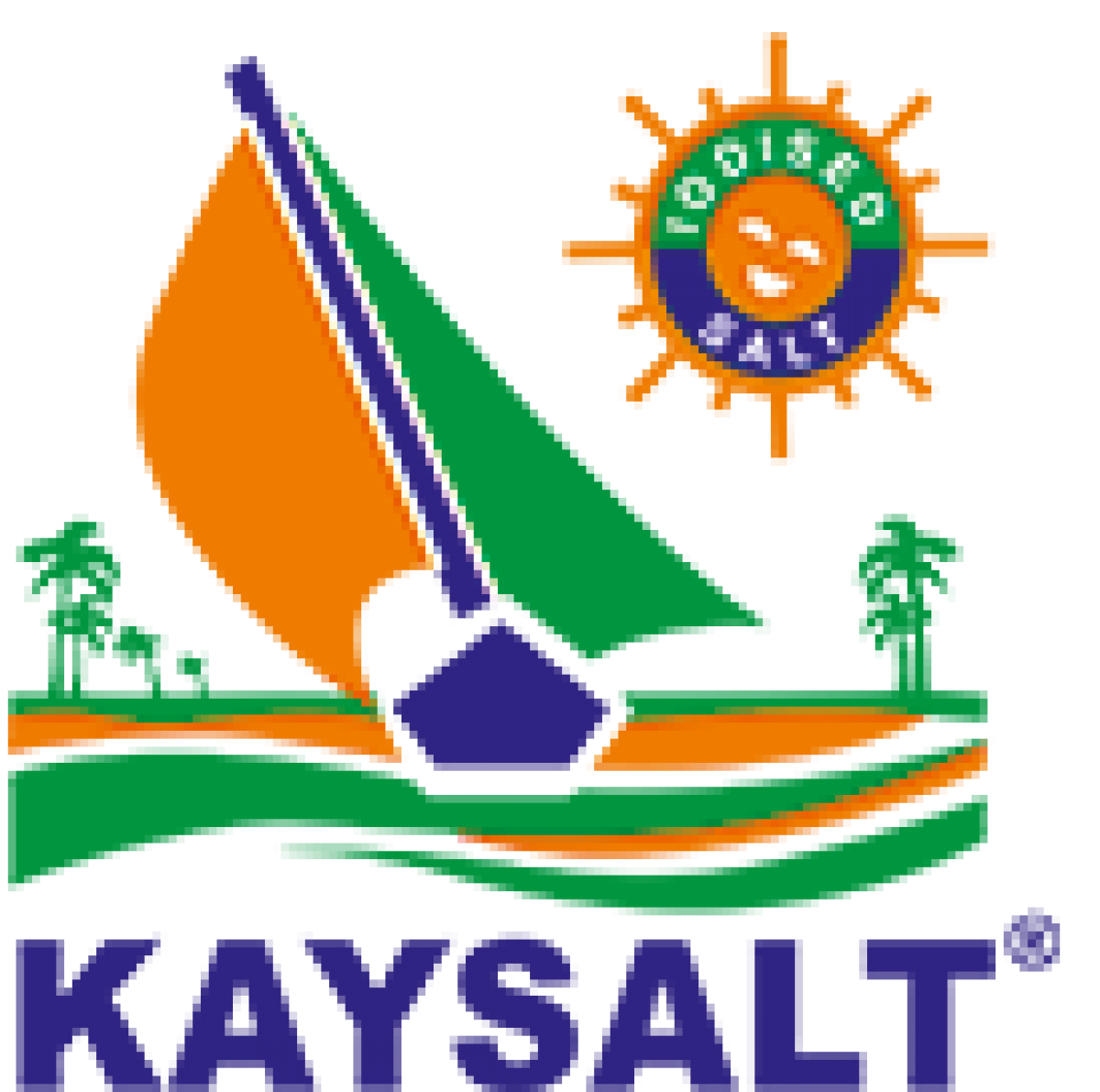The location of our Salt refinery in the sub-town Gongoni, Kilifi, brings about various rewards and challenges. Some of the rewards being the abundance of sunlight, pleasant weather, clean air, etc. A major challenge involves electric power stability. It was therefore only natural that we thought about harnessing solar energy to stabilize our power supply, improving both production and reducing our carbon emissions. Additionally it would reduce our power costs and fall in line with our objectives working with the UN Global Compact and the SDGs.
Our initial planning did not have any return on investment due to the huge cost of solar panels. Therefore we embarked on the journey to look for opportunities, to improve our ROI. We began searching for reputable companies that specialise in financed solar solutions throughout Africa and came across SolarAfrica. They provide complete energy solutions for companies wanting an alternative to grid or diesel (to learn more about SolarAfrica and how they did this with SMA and Harmonics Systems, visit (http://www.solarafrica.com/commercial-solar/#commercial-videos)
In June 2013, the Government of Japan, and the Government of Kenya established a Joint Crediting Mechanism (JCM) . The Global Environment Centre (GEC) Foundation works on environmental issues of global importance with many countries to promote investment and deployment of low carbon technologies, products, systems etc. We applied for a grant to the GEC and were fortunate to receive it, hence commenced the initiation of the prestigious project.
The biggest challenge we faced when trying to get this project of the ground was getting licenses and approvals from the County government. Seeing as how this was a new endeavor for a remote location, there were no measures in place regarding what permits or fees were required. Thanks to lots of resilience liaising with the various ministries and government departments we did finally iron out a license agreement and fees. We did learn that when trying something new, getting approvals early is critical.
Now that the project is complete we expect to find that our power supply is stable, our air is cleaner, and our electricity costs are lowered (by 22%). We also expect to see other projects like this become more frequent in the area as a foundation has now been set and people in the area now have experience working on projects like this.
Visit SolarAfrica’s website http://www.solarafrica.com/
Read SMA’s Press Release here http://www.sma.de/newsroom/aktuelle-nachrichten/news-detail/news/16058-pv-hybrid-system-von-sma-senkt-die-stromkosten-in-ostafrikas-groesster-salzfabrik.html
